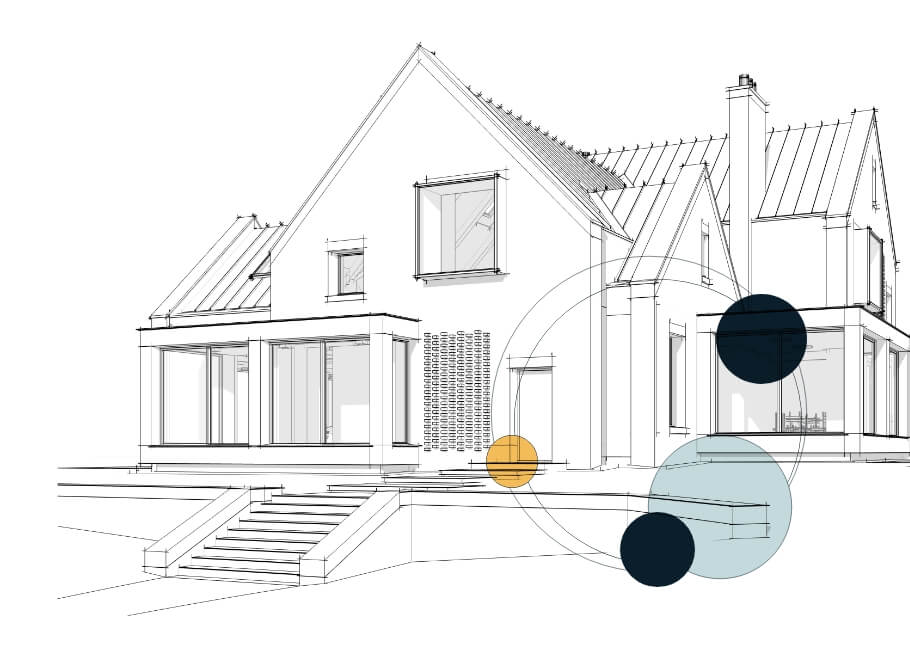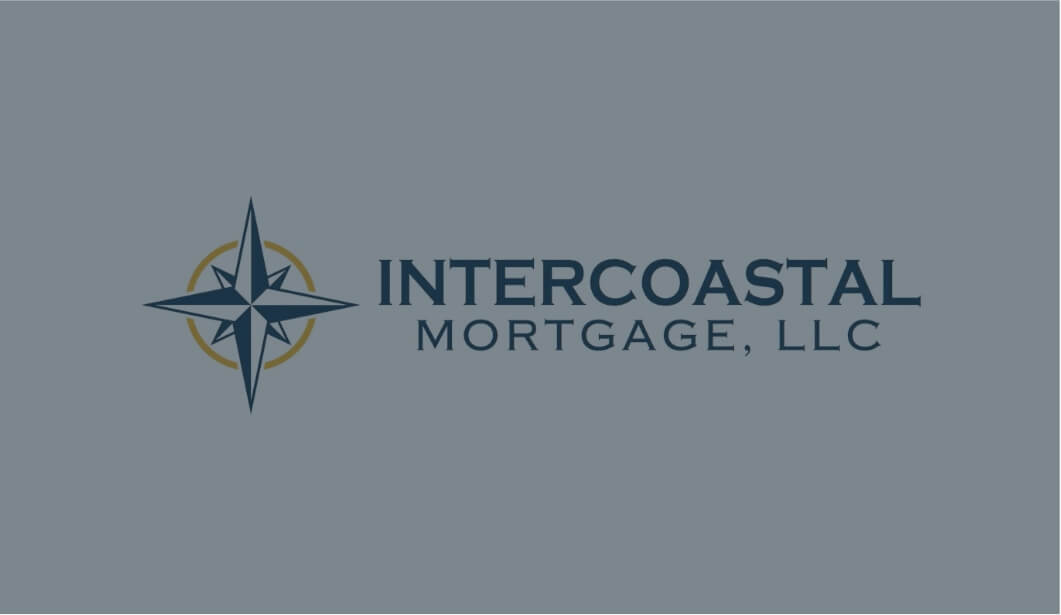If you’re thinking about either buying a fixer-upper or making significant renovations to your home, an FHA 203(k) loan might be a good funding option to consider.
What Is an FHA 203(k) Loan?
FREE Mortage Check-Up
For Refinance
Applying for a loan is always a no-cost action
These loans also have specific rules in place for the type of work you can do with them. Renovations need to improve the safety, function or appearance of the home. 203(k) loans don’t cover improvements the FHA considers luxuries, like building a pool or an outdoor fire pit. However, moving walls, replacing flooring, landscaping work, plumbing upgrades and roof replacements are all allowed. You can even tear down the home and rebuild it entirely as long as you keep the existing foundation in place. You’ll also need to stick to the FHA’s required timeline. This means you’ll need to start renovations within 30 days of closing and finish them within six months. You’re also required to hire a professional contractor to complete your renovations. You can’t use a 203(k) loan to cover the cost of work you do yourself.
Qualifications
If your renovation goals fit with the FHA requirements, you’ll also need to meet these financial requirements to qualify for the loan:
- Have a credit score of 500 or higher
- Make a 3.5% down payment if your credit score is 580 or above
- Make a 10% down payment if your credit score is between 500 and 580
You’ll also need to pay FHA mortgage insurance, which will increase the cost of your loan. Most FHA borrowers add this expense to their loan totals, which means paying between .45% and 1.05% of your loan amount as an additional fee each year.
Do You Need a Limited or a Standard 203(k) Loan?
Depending on the amount you plan to borrow and the scope of your renovation plans, there are two types of 203(k) loans.
Limited
If you want to make relatively minor upgrades to the property that don’t require structural changes, you’ll probably apply for a limited 203(k) loan. Limited loans allow you to borrow up to $35,000 for repairs like updating appliances or putting in new floors.
Standard
If you’ll be adding rooms, moving walls or spending more than $35,000, you’ll need a standard 203(k) loan. With these loans, you’ll need to borrow a minimum of $5000 up to a maximum amount that depends on the cost of living in your area. This ranges from about $472,000 to just over $1 million. Because you’ll usually be making more complex changes, you’re required to hire a consultant from an FHA-approved list to oversee the project. If you’re doing major structural work or other renovations that mean you can’t live in your home while your contractors are working, you can also include the cost of mortgage payments during that time in your standard loan. This makes it easier for you to afford to live elsewhere during renovations.
When Is an FHA 203(k) Loan a Good Idea?
These loans are a great option when you either want to renovate your home and refinance your mortgage at the same time or want to buy a home that would require substantial repairs and upgrades to live in comfortably. If you need to borrow money for home improvement projects, a 203(k) loan will have a much lower interest rate than a credit card or personal loan.
Like other FHA loans, 203(k) loans are easier to qualify for than most conventional loans. This makes them a great option if you have a low credit score or don’t have the money for a large down payment. If your renovation plans fit with the loan requirements, including the scope and the timeline, 203(k) loans are an affordable way to get funding.
When Should You Look for Alternatives to a 203(k) Loan?
203(k) loans aren’t the right fit for every borrower. There are several reasons you might want to consider another funding option like the Fannie Mae HomeStyle loan, which is a conventional mortgage and renovation loan. First, your project might not fit the timeline requirements. If you know that you won’t be ready to start renovations right away after buying your house or you want something especially complicated that will take more than six months, you should look for a more flexible alternative.
These loans also need to be used for your primary residence, so they aren’t an option for vacation homes or investment properties. They can’t be used to put in a swimming pool or certain other features the FHA considers luxuries. If putting in a pool is a priority or you want to renovate a second home, you’ll need to look into conventional renovation mortgage options.
Depending on where you live, a 203(k) loan might not give you enough money to work with. This is especially true if you live in a lower cost of living area because the limit will be much lower. If you’re interested in purchasing an expensive property that requires expensive renovations, you might need to look at larger loan options.
If you have lots of savings to use as a down payment and a high credit score, a conventional loan might be a better option for you. You could get a better interest rate and you won’t need to pay FHA mortgage insurance. If you’re in this position, it can be a good idea to look at both FHA and non-FHA loan options to compare rates.
If you’re considering an FHA 203(k) loan or any other type of mortgage, it’s important to work with an expert loan officer for the best advice. Contact Intercoastal Mortgage to find a lender near you.






